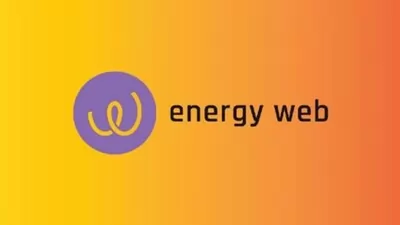Energy Web has launched a free sustainability registry for bitcoin miners that measures their use of renewable energy and grid impact.

Energy Web, a nonprofit organization that builds open-source Web3 technologies for the energy sector, has announced a new sustainability registry for Bitcoin miners that measures their use of clean energy and grid impact.
The Green Proofs of Bitcoin (GP4BTC) registry will provide a certification layer that can verify the origin and quality of the electricity miners use. Miners can then share this information with different organizations depending on their needs.
The project aims to address the growing concerns about the environmental impact of Bitcoin mining, which consumes large amounts of energy and contributes to carbon emissions.
The Biden administration has recently proposed a punitive tax on miners based on their energy consumption.
GP4BTC will evaluate bitcoin miners on two metrics: their purchases of renewable energy credits (RECs), which represent the sustainability of electricity produced, and their participation in demand response programs, which enable firms to power off during periods of peak energy demand.
GP4BTC has certified four mining companies at launch: Argo Blockchain, Cowa, DMG Blockchain and Gryphon Digital Mining and Hive Blockchain.
The registry is free for now, but Energy Web might introduce a fee for certification or data access.
Energy Web plans to iterate on the project and incorporate additional metrics, such as the use of waste gas.
“As of today, we’re just starting with something that’s very aligned with how other corporations are allowed to make renewable energy purchase claims,”
Amy Westervelt, Senior Delivery Lead and head of the GP4BTC initiative at Energy Web.
Energy Web is an independent nonprofit that develops and operates enterprise-grade software solutions that help companies capture business value from clean and distributed energy resources.
The firm has been working with a consortium of miners known as the Crypto Climate Accord to increase the transparency of their energy sources.
